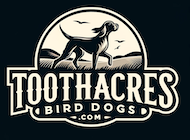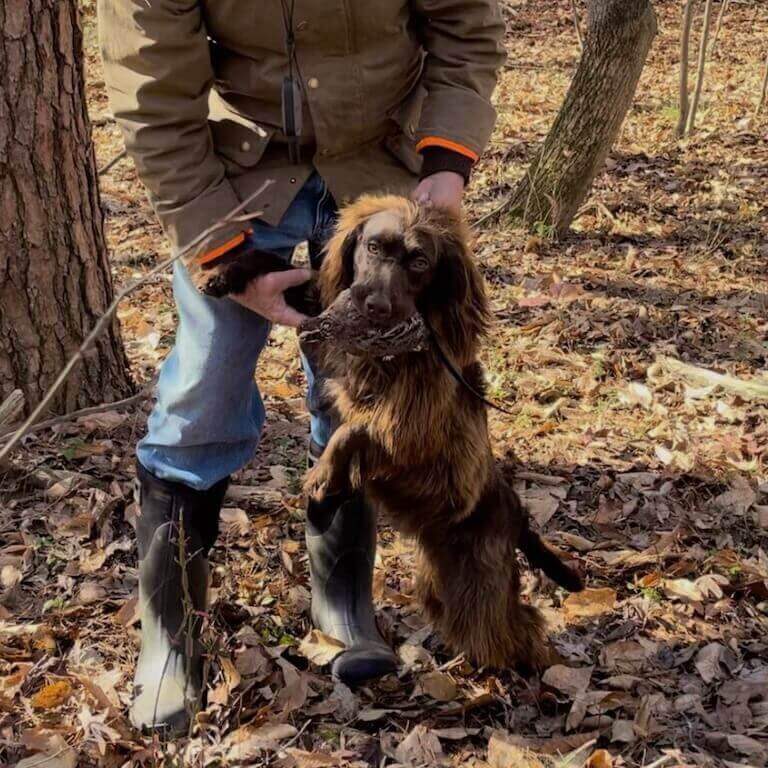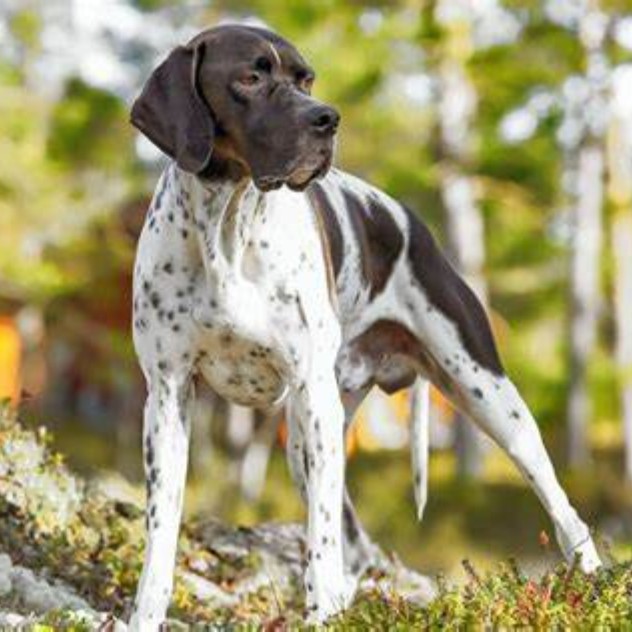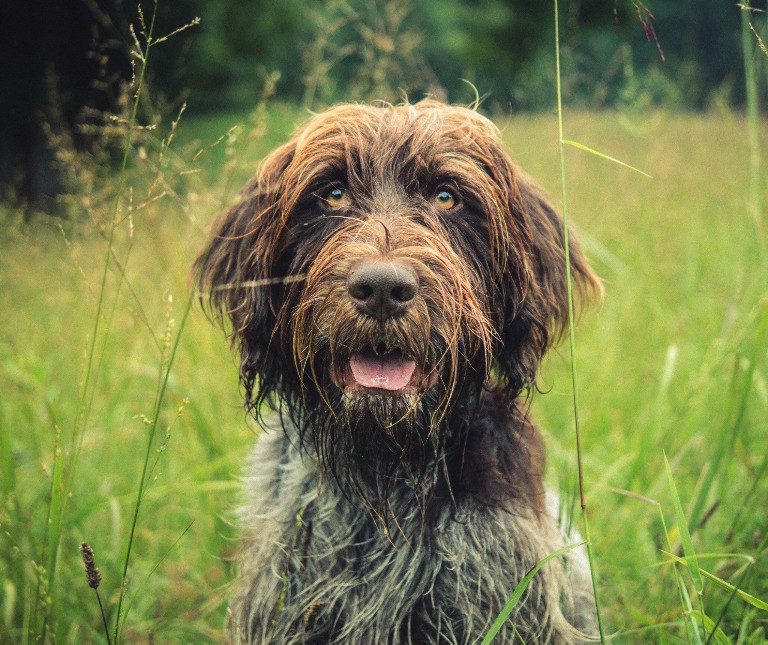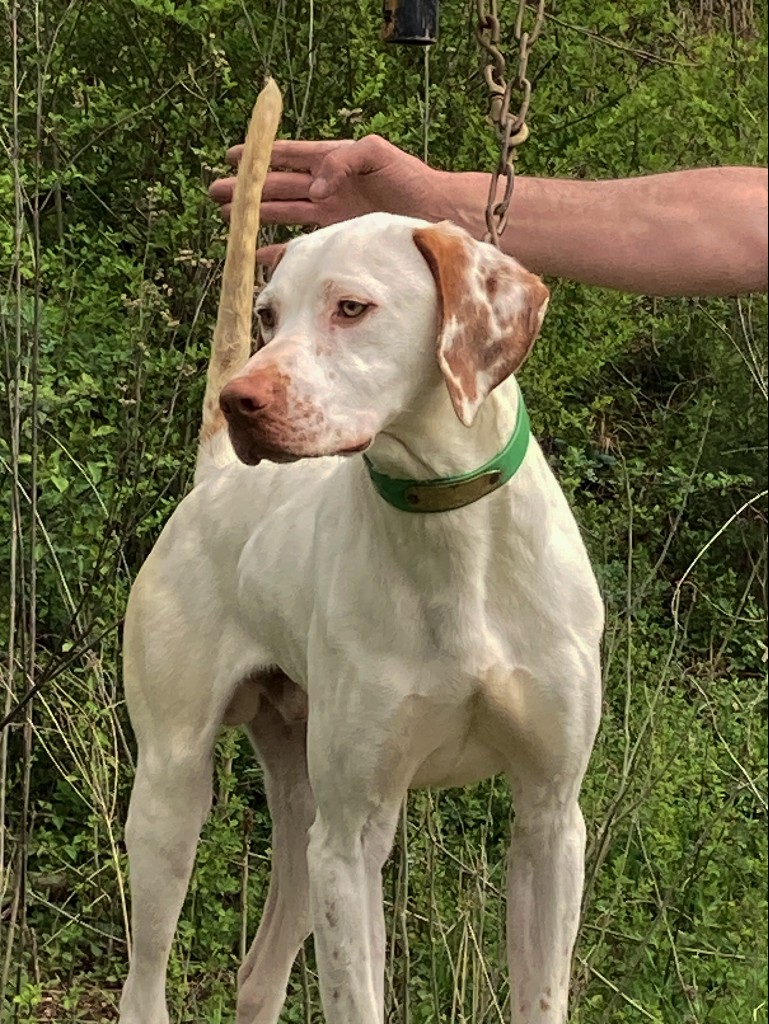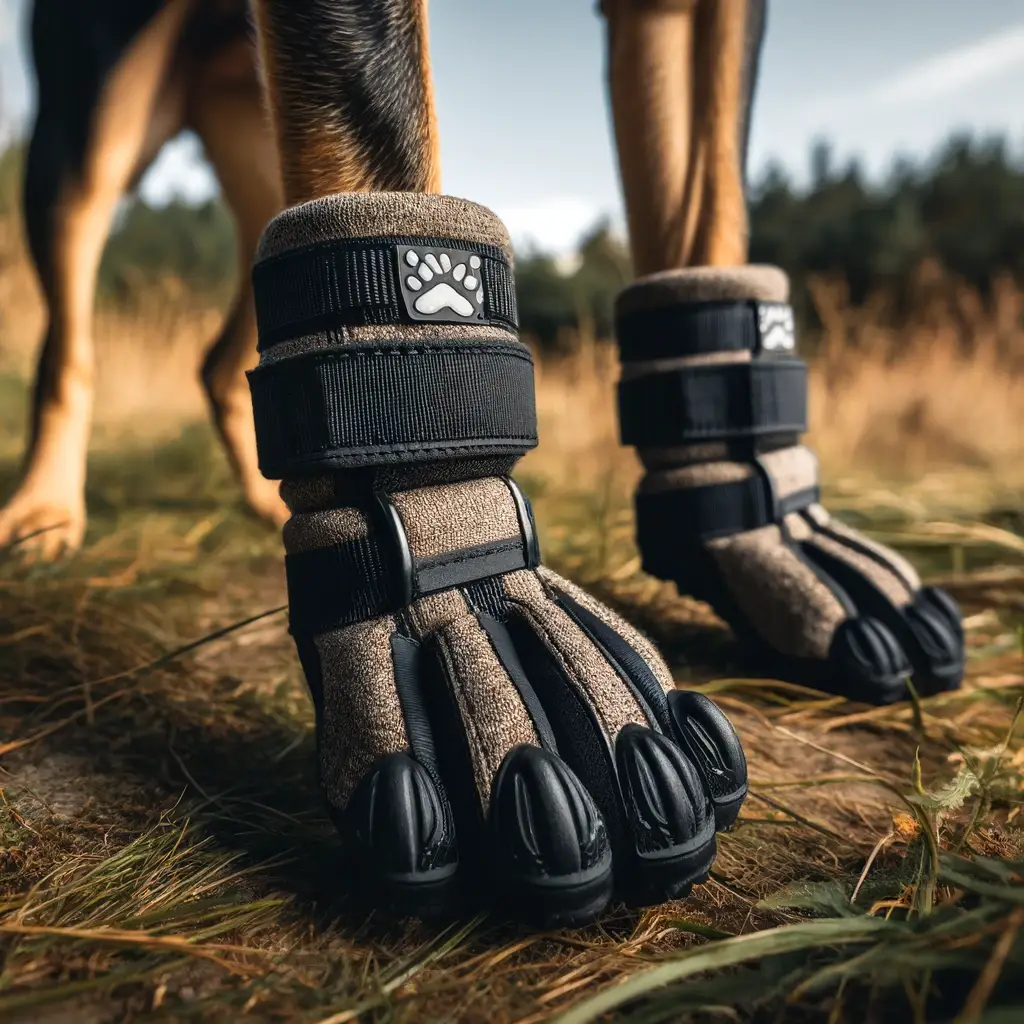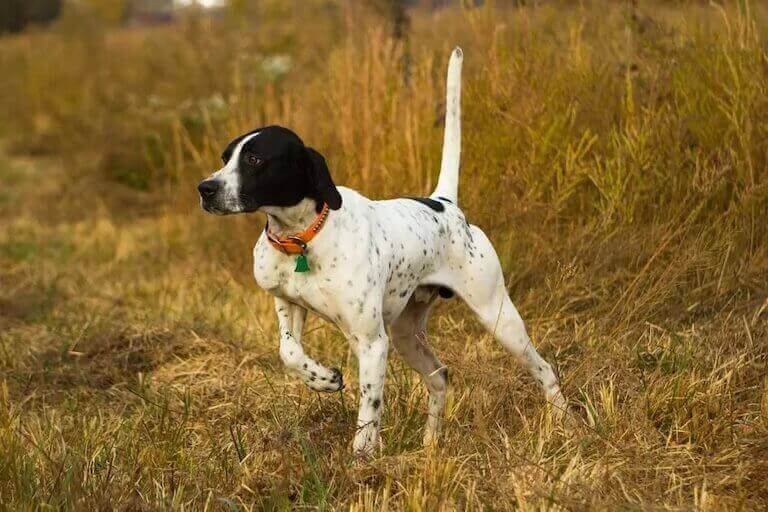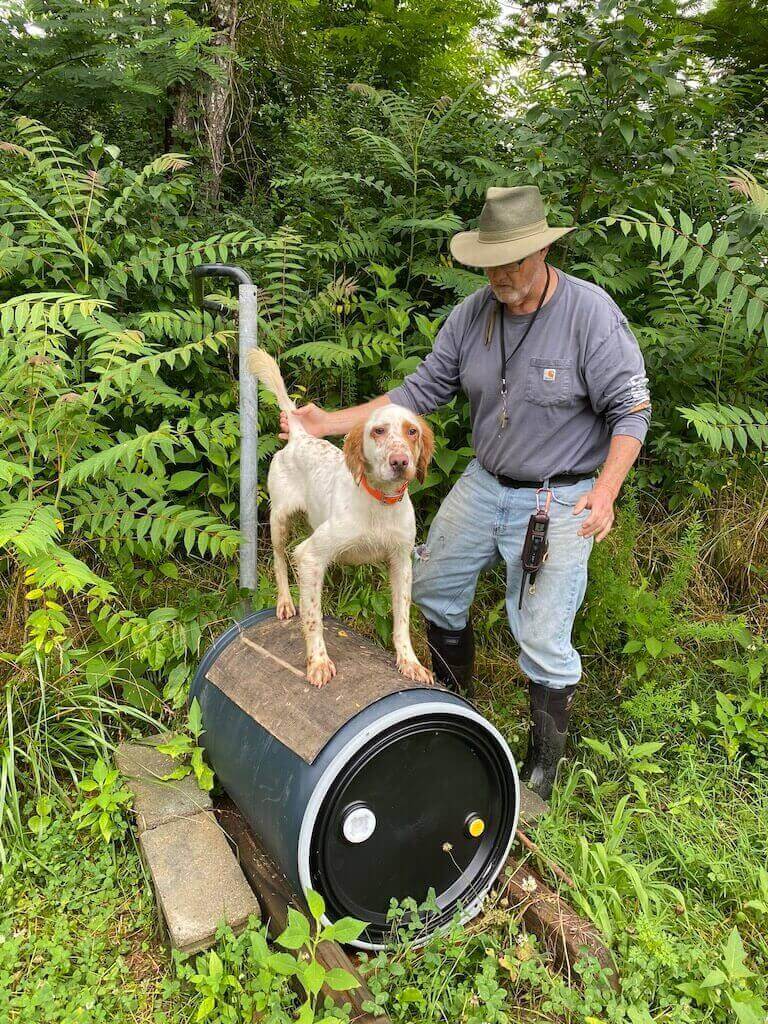Flushing breeds are known for their boundless energy and close-working style, making them invaluable companions for hunters navigating dense cover. Unlike pointers, which freeze when they locate game, flushing breeds use their enthusiasm and agility to drive birds into the open, giving the hunter a clear shot. Their compact size and remarkable agility allow them to excel in thick brush and undergrowth, where other breeds might struggle. Let’s explore the key characteristics of flushing breeds, popular choices among hunters, and the typical hunting scenarios where these dogs truly shine.
Characteristics of Flushing Breeds
- Energetic and Enthusiastic: Flushing breeds are high-energy dogs that thrive on activity. Their enthusiasm for hunting makes them relentless in their pursuit of game, ensuring that no bird stays hidden for long.
- Close-Working Companions: These dogs are known for staying close to the hunter, working in tandem to flush game out of dense cover. This close-quarters style of hunting requires a strong bond between dog and handler, as the dog relies on cues and commands to perform effectively.
- Ideal for Dense Cover: Flushing breeds are typically compact and agile, allowing them to navigate thick brush, undergrowth, and other challenging terrains with ease. Their small size and nimbleness make them particularly effective in areas where larger dogs might struggle.
Popular Flushing Breeds
- English Springer Spaniel: Known for their lively temperament and endurance, English Springer Spaniels are versatile hunters capable of working in a variety of terrains. Their excellent flushing ability and strong work ethic make them a favorite among hunters.
- Cocker Spaniel: Cocker Spaniels are smaller than Springers but equally determined. Known for their agility and tenacity, they excel in dense cover and are particularly effective in small game hunting, including woodcock and pheasant.
Historical Background and Typical Hunting Scenarios
- Rich History of Flushing Breeds: Flushing breeds have a long history, often associated with gamekeepers and hunters in Europe. English Springer Spaniels were developed in England for their ability to flush game from thick cover, while Cocker Spaniels were originally bred for hunting woodcock, a task they perform with precision and enthusiasm.
- Typical Hunting Scenarios:
- Dense Cover: Flushing breeds are particularly suited for hunting in dense cover, woodlands, and hedgerows. Their ability to navigate tight spaces and flush out game makes them ideal for these environments.
- Close Work: These dogs are trained to stay close to the hunter, ensuring they remain within shooting range when they flush game. This close partnership is crucial for success in the field.
- Varied Game: Flushing breeds are versatile and can be used to hunt a variety of game, including pheasants, woodcock, and rabbits. Their adaptability to different types of prey and environments is one of their greatest strengths.
Conclusion: Flushing breeds bring a unique blend of energy, agility, and close-working companionship to the hunting experience. Whether you’re navigating dense brush or working through thick hedgerows, these dogs are up to the challenge, driving game into the open with enthusiasm and precision. English Springer Spaniels and Cocker Spaniels are just two examples of flushing breeds that have proven their worth in the field time and time again. If you’re looking for a hunting dog that excels in close-quarters work, a flushing breed might be the perfect fit.
